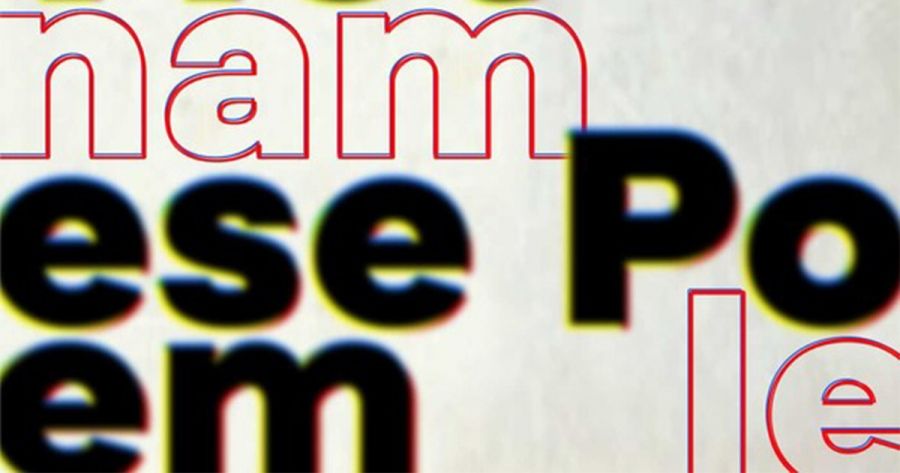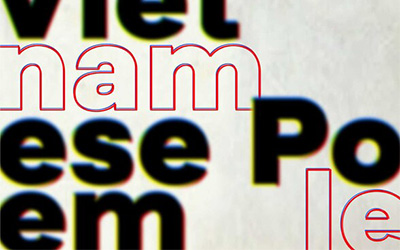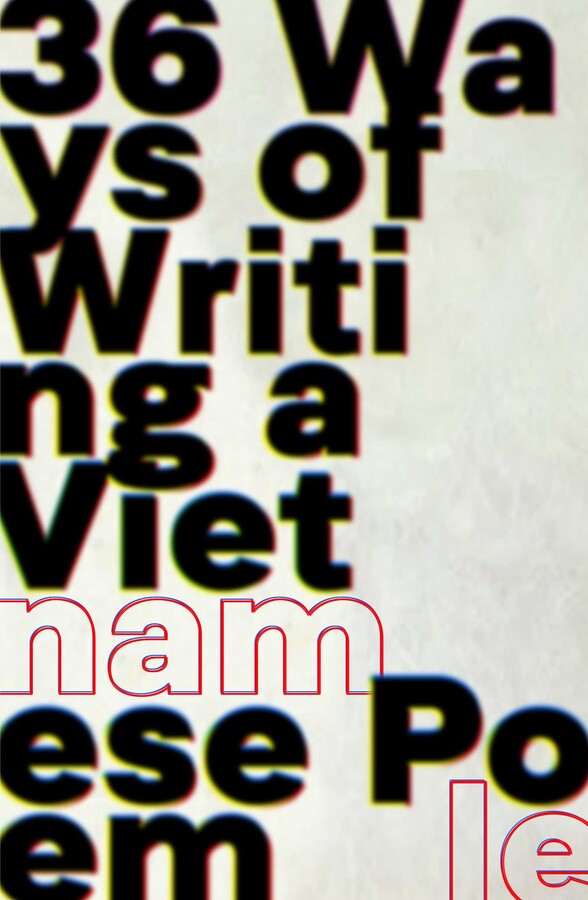
- Free Article: No
- Contents Category: Poetry
- Review Article: Yes
- Article Title: 36 mirrors
- Article Subtitle: Force majeure by the truckload
- Online Only: No
- Custom Highlight Text:
Even in his first publication, the seven short stories of the rightly celebrated The Boat (2008), Nam Le was perhaps always most interested in creating an aura of violent unpredictability. He withheld consistency, offered cruxes, hit the reader with a blizzard of bold plots in settings so varied as to be practically contradictory – Hiroshima, Medellin, New York City, a fishing town on the Queensland coast. Where, as in the title story, Nam Le appears to relent and writes about what may have been his own experience (he was ferried to Australia as an infant), the baby dies. He is like a package determined not to contain what it says on the disclosure form; a letter that won’t be delivered to the stated address.
- Featured Image (400px * 250px):

- Alt Tag (Featured Image): Michael Hofmann reviews ‘36 Ways of Writing a Vietnamese Poem’ by Nam Le
- Book 1 Title: 36 Ways of Writing a Vietnamese Poem
- Book 1 Biblio: Scribner, $26.99 hb, 67 pp
- Book 1 Cover Small (400 x 600):

- Book 1 Cover (800 x 1200):

- Book 1 Readings Link: https://www.readings.com.au/product/9781761423369/36-ways-of-writing-a-vietnamese-poem--nam-le--2024--9781761423369#rac:jokjjzr6ly9m
Things cross, good intentions with bad situations. There is force majeure, force majeure by the truckload. ‘Hiroshima’ is Hiroshima in 1945. The man alienated from his violin virtuoso daughter is a painter diagnosed with cancer, who has long since stopped painting; the boy who has failed to murder his friend, as instructed, is now told to present himself for punishment by his gang boss; even the student at the Iowa Writing Center – as Nam Le was, back in the day – has a story to write for workshop when his Vietnamese father fetches up. But is it to prevent him from writing his story, or to present him with one? Or leave it and then take it anyway? The stories push and pull, they are titanic struggles suddenly frozen in lava. Even when the young football player gets the girl, it is at the expense of his family and a beating-up from which he will presumably never recover. There is an unforgettable image in the story ‘Halflead Bay’, that does justice to the Nam Le project: the boy reels in his double-hooked line. Yes, there is a fish on one, but on the other a bleeding seagull. One should beware of what one wishes for.
All this was fifteen years ago. Since then, Le has published a monograph on David Malouf (2019), which, from the account I have read of it, seems again to go with push and pull. And now a book of poems. The German poet Gottfried Benn’s advice to writers was ‘Disappoint the season-ticket holder’, but that was probably in more patient times. (The Guardian had a piece in February entitled: ‘The Return of Nam Le’, as though he was a long-retired sheriff in a western.) It is a big risk in the present attention-deficit, oblivion-happy, rabbit-hole world, where more than ever one has to play the game, deliver product, put up one’s hand and go, ‘Please, sir, me sir, me sir!’
One would surmise either that Nam Le feels a powerful pull away from writing; that his desire to be unpredictable, to resist any hyphenated auto-commodification, is very strong; that he has enjoyed a happy midlife retirement; or that he has been stuck for what to do by way of a follow-up. Or even all of the above. There is said to be a novel on the way, but until then, we – whoever ‘we’ are, dwellers of the poetry reservation, diligent Le readers following his brand over from prose, or most likely jargon-adoring academics in postcolonial or transnational studies – will have to make do with 36 Ways of Writing a Vietnamese Poem.
It is truly a strange, fierce product. You pick it up and you cut yourself. You pick it up and it cuts itself. Both true. The poems – or poem? – anticipate responses and make themselves accordingly under their descriptive egghead sub-headings: ‘Diasporic’, ‘Eastern-Epistemological’, ‘Megaphonic’, ‘Violence: Paedo-affective’, ‘Matri-Immigral’, ‘Palpebral’. All aspects of the Vietnamese immigrant experience. Thirty-six times, and once for luck. (It may remind some readers of the dry labels of the British poet Peter Reading.) You never get away from the feeling that a very clever reader-writer-designer has got there ahead of you and found it all good. Feel bad-good. Nam Le reassures us – or himself – that before he wrote prose, he thought of himself as a poet. But not much poetry is like this: so synthetic, so conniving, so propagandistic, following or suggesting a recipe. It can seem like thirty-six mirrors with no figure. Perhaps Tony Harrison at his most bronze-beak diagrammatic.
The writing is heavy, metallic, purposefully espousing exactly what the young and metamorphic Nam Le successfully eluded: the Vietnamese identity, the exilic or émigré experience, the accumulated resentments of racism and othering and alienation, the precise anatomisation of where one no longer is. The word ‘violence’ occurs nine times, and it feels like many more, in poems of seppuku or immolation (‘bonze orange / Skin lacquered black’), but where even translation or taxonomy are described as ‘a violence’. It feels heavy all the time: heavy when punning (‘Dis place ment / Everything to me / Before the power went // Home’); heavy when angrily parodic of the Oriental (‘Note expression: inscrutable, impassive, / passive as craters, / scuffs on jade terrace’; heavy when doing the lateral lexical slither (‘Give us each day our diacritics – our low and high, fall / and rise, our horns and holds: Flat we are without’; heavy when chanting (in ‘33. Euphemistic’), ‘When they say Peacemaker they mean mass death. When they say / collateral damage or spillover they mean rounded-up death. When they say / roundup or dispersal they mean residual death. When they say / fluid they mean cascading death. When they say / attrition they mean slow and steady death. When they say / kinetic they mean moving-on-now death. When they say / resistance they mean what d’you expect death’; heavy when tumbling among lyrical Dylan Thomas or Heaneyesque portmanteau words (‘craglands’, ‘waterlight’), or lyrical Dylan Thomas or Heaneyesque monosyllables (‘reave’ and ‘roil’). It is all powered (and stymied) by a splintering but still unbearably heavy self-consciousness, a condition itself addressed in ‘20. Titrative’:
Unself-consciously?
Ha ha!
Too late.


Comments powered by CComment